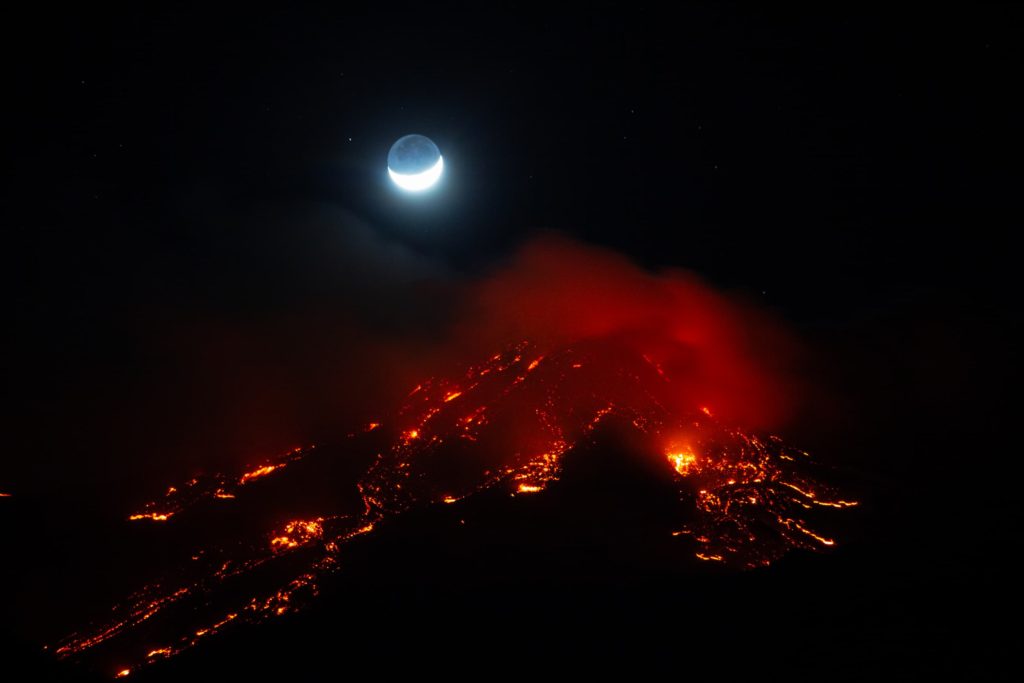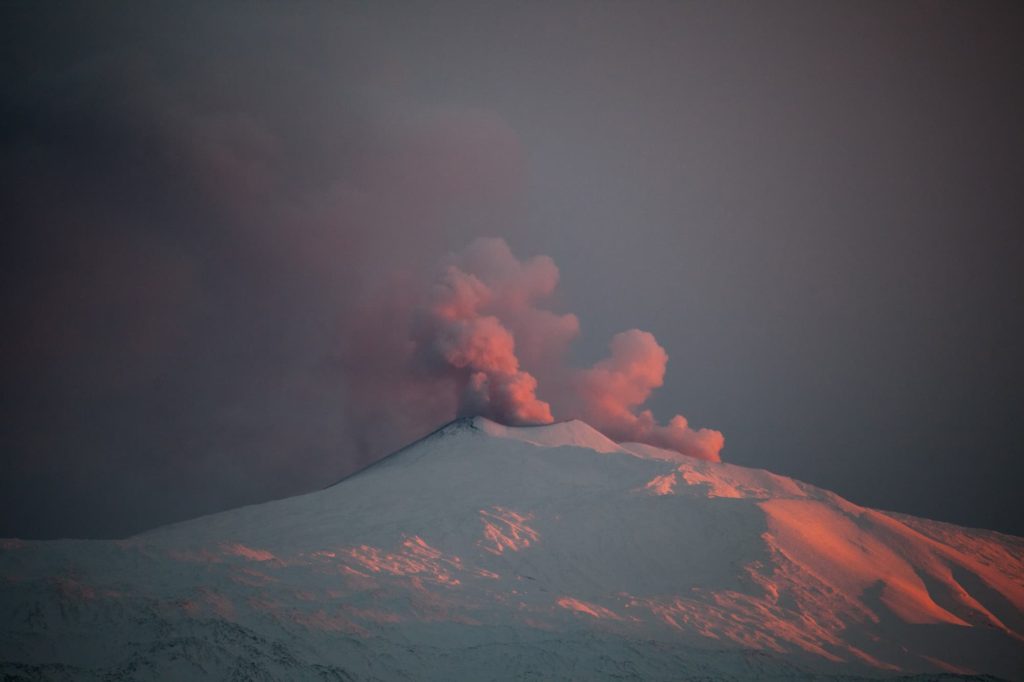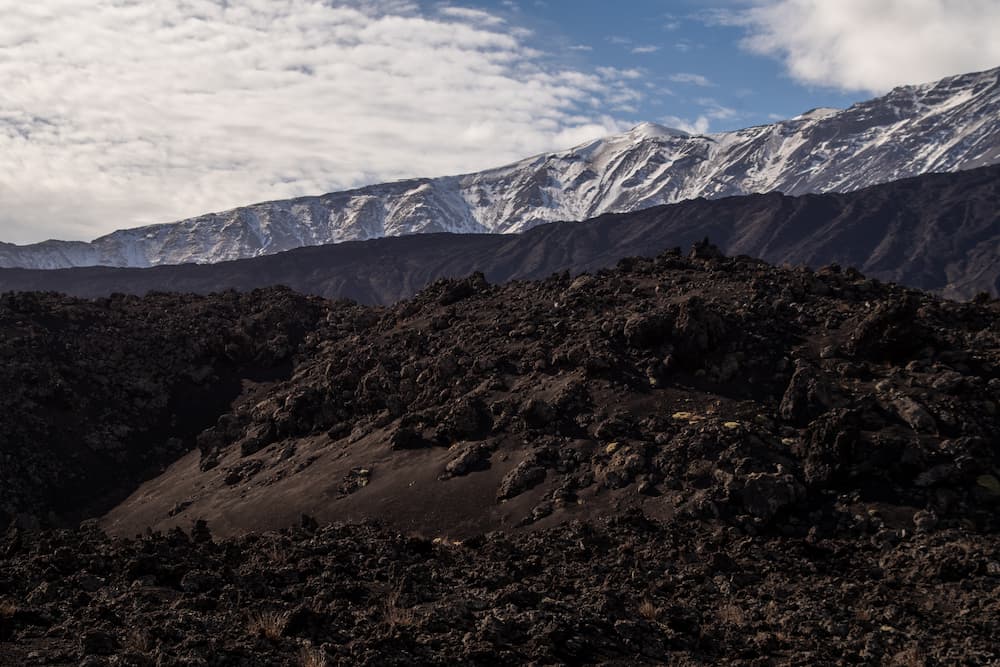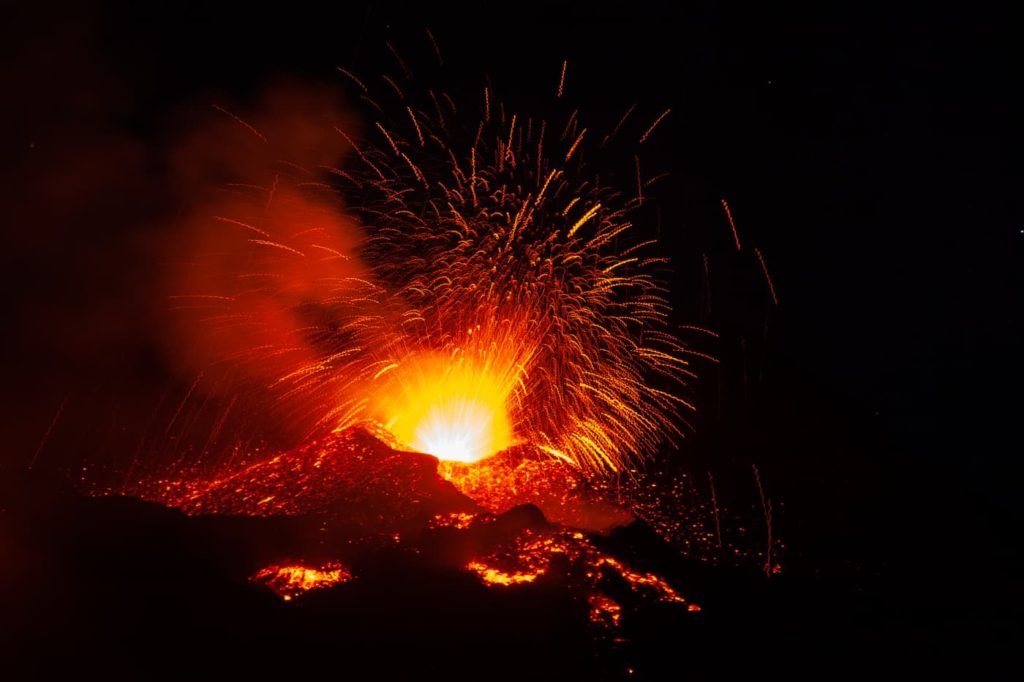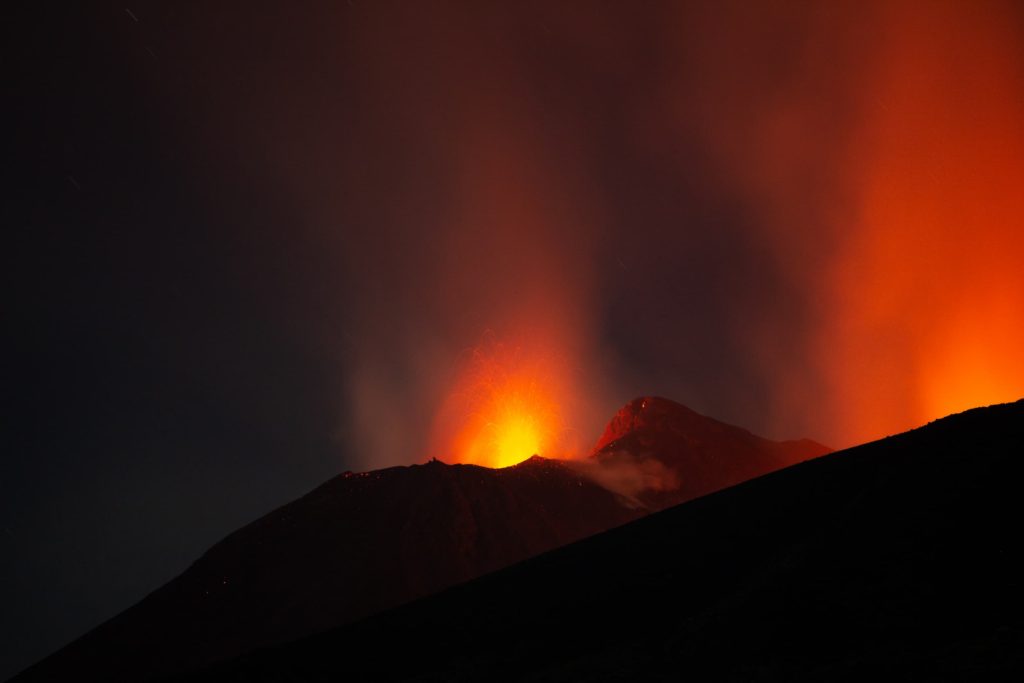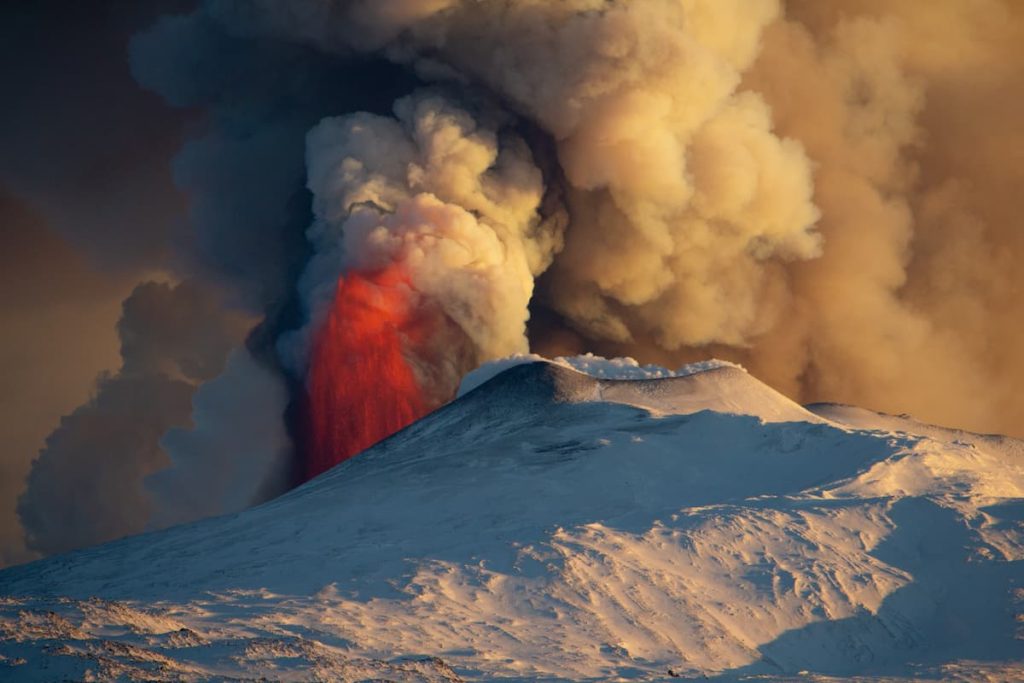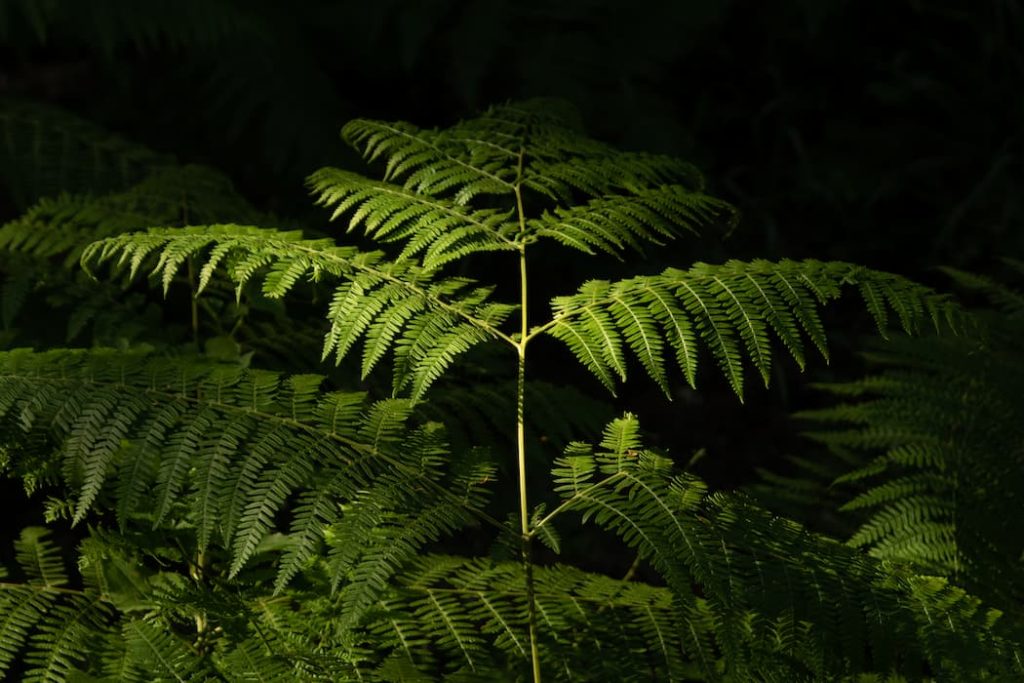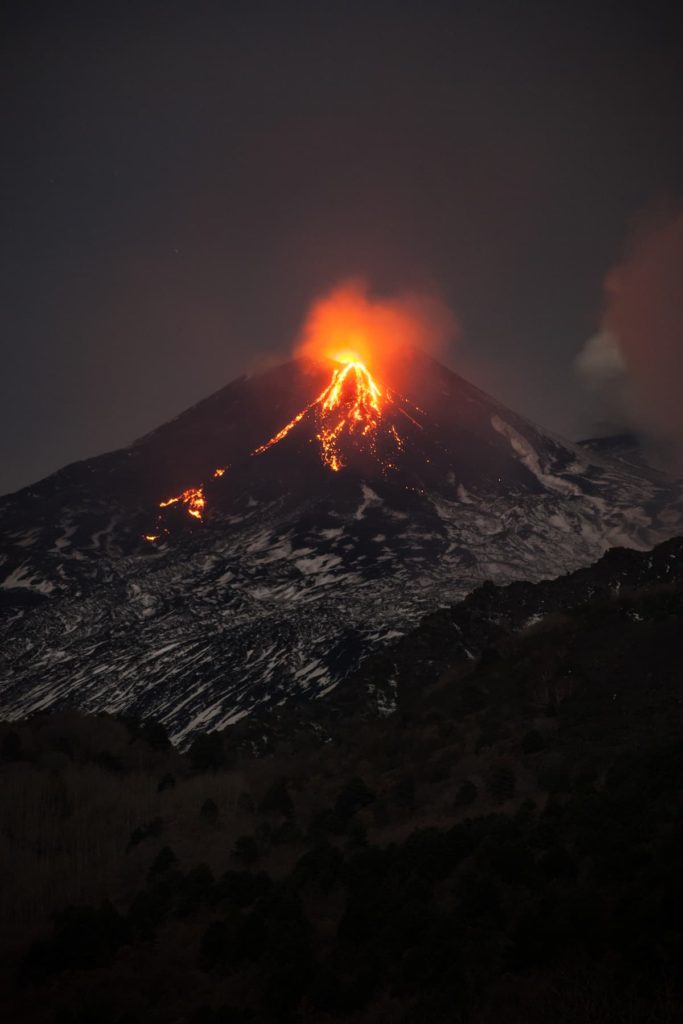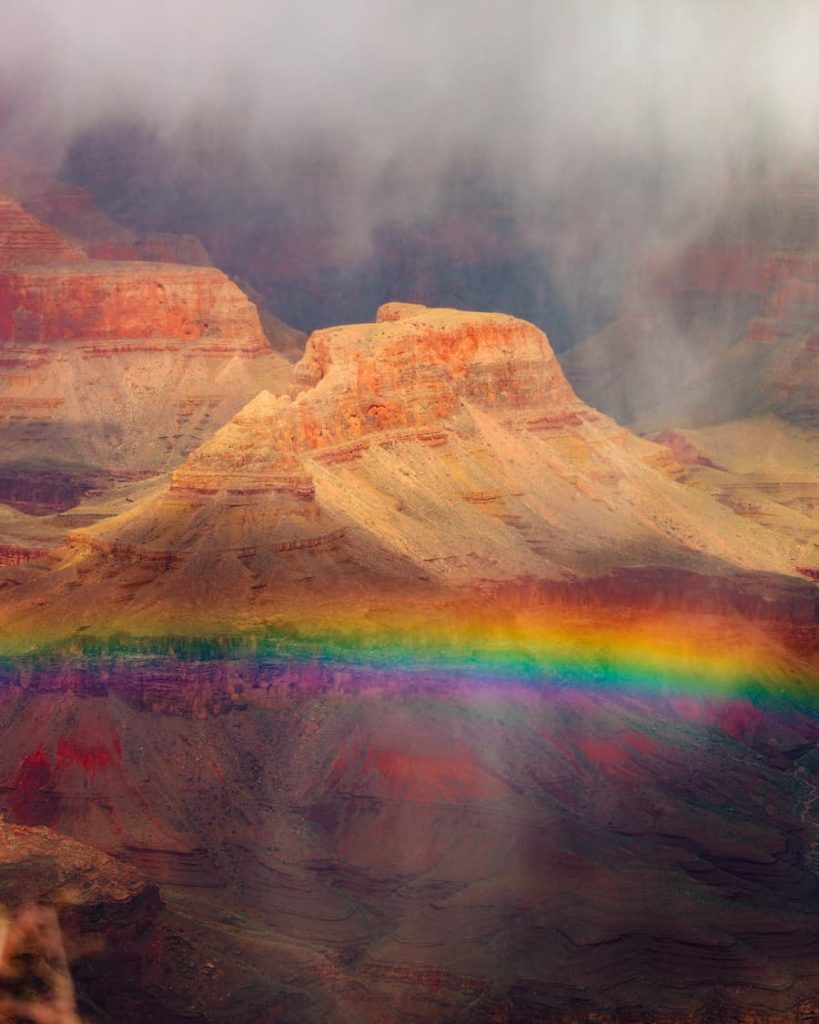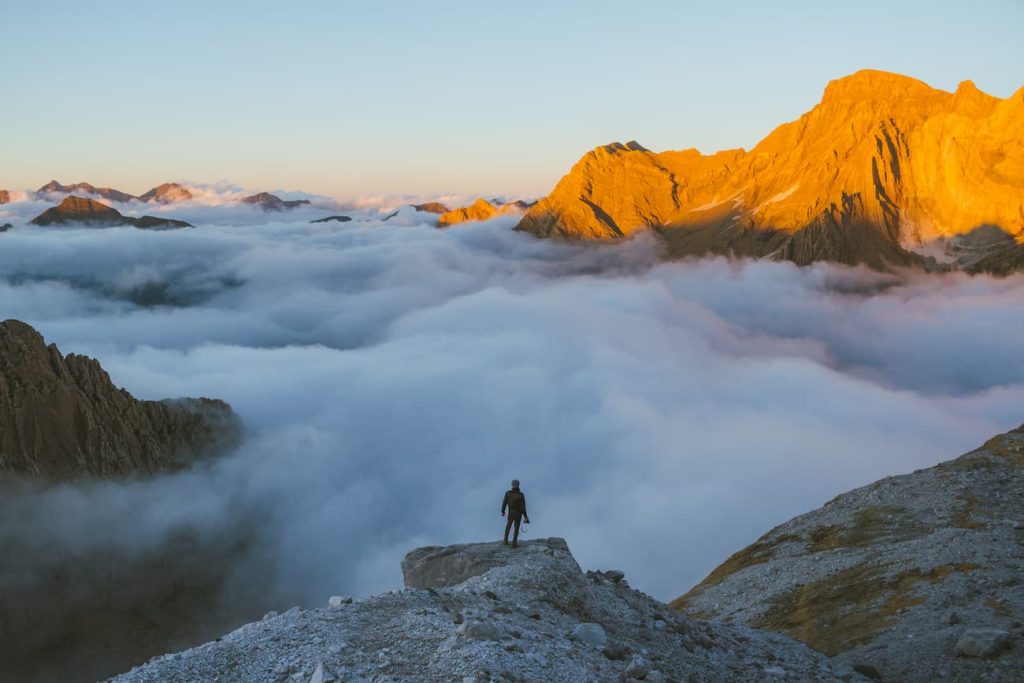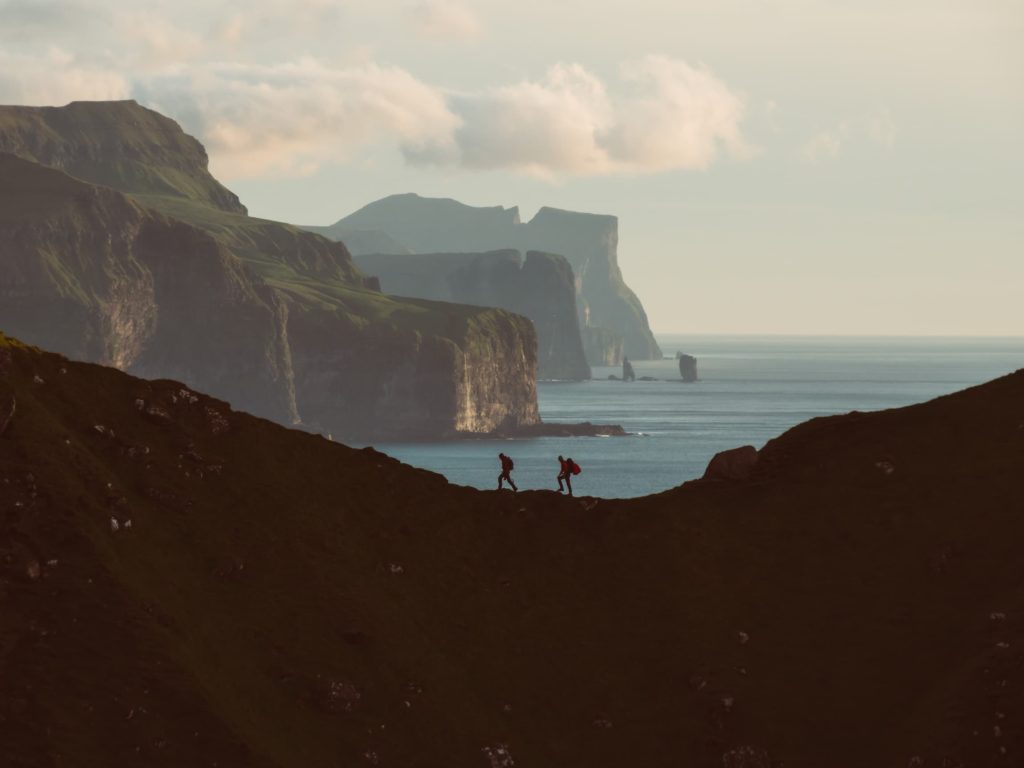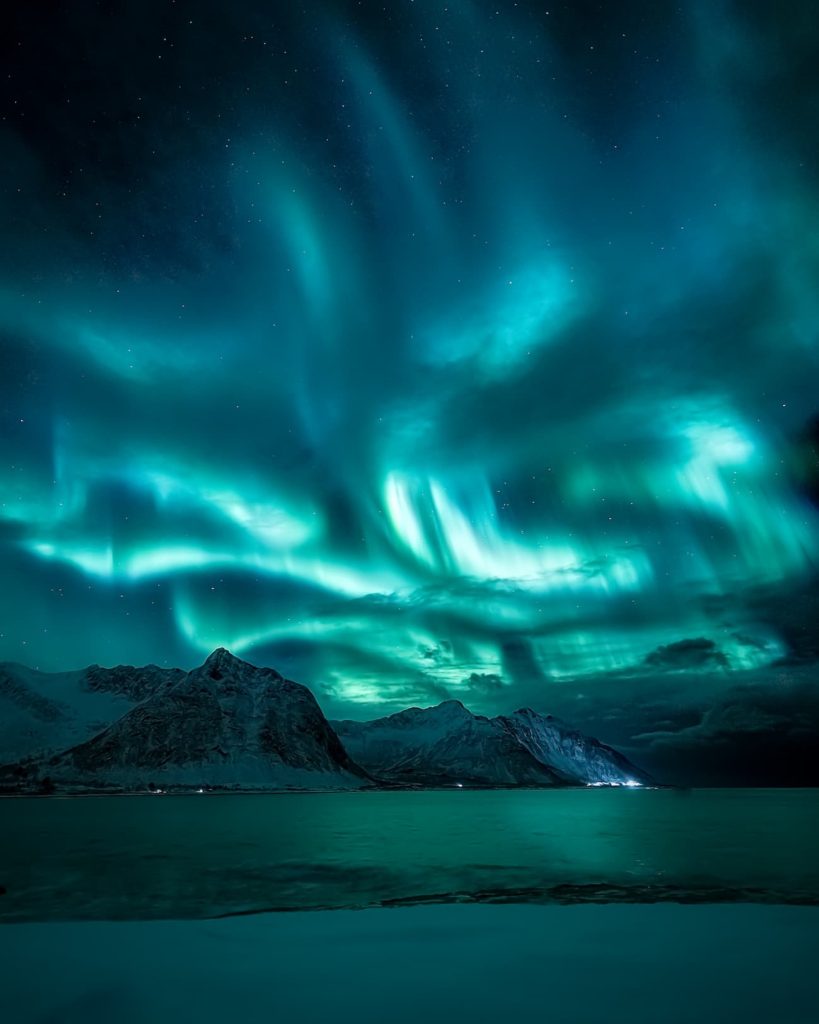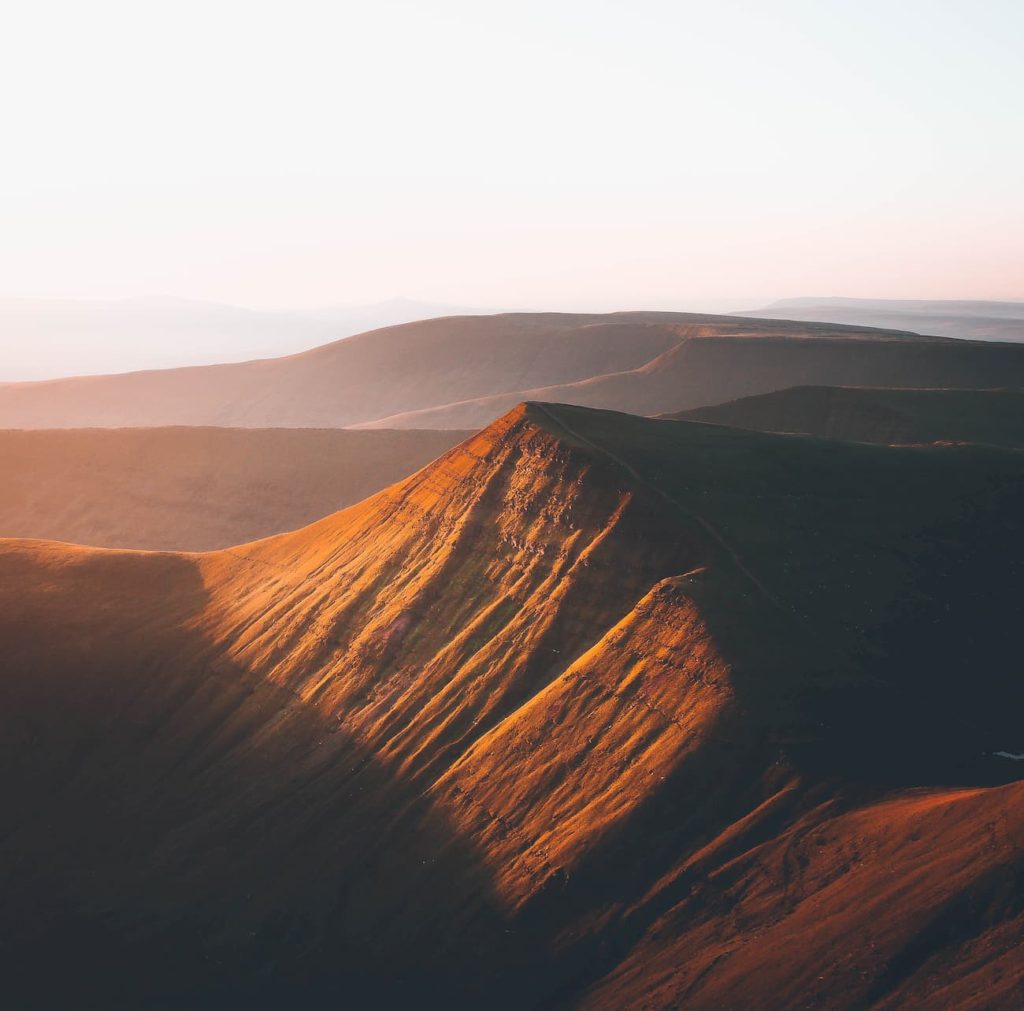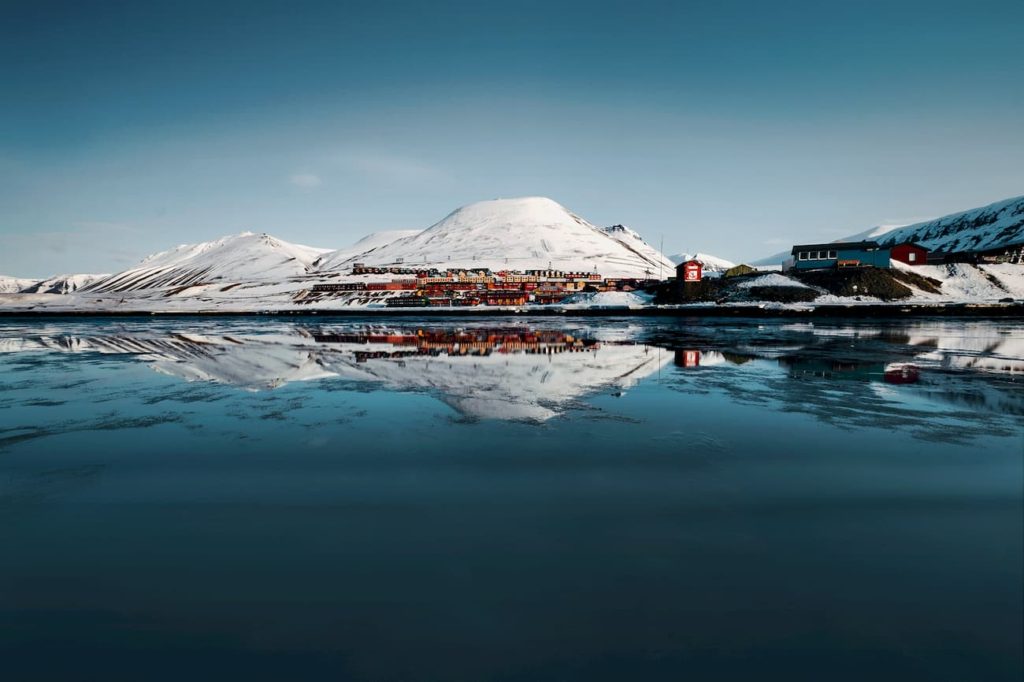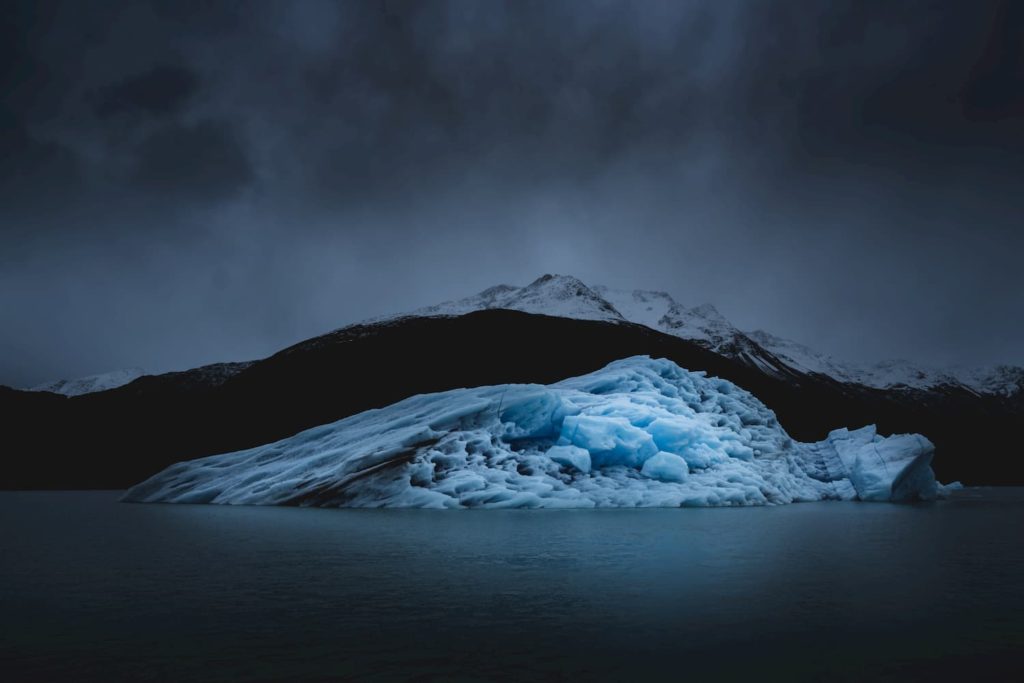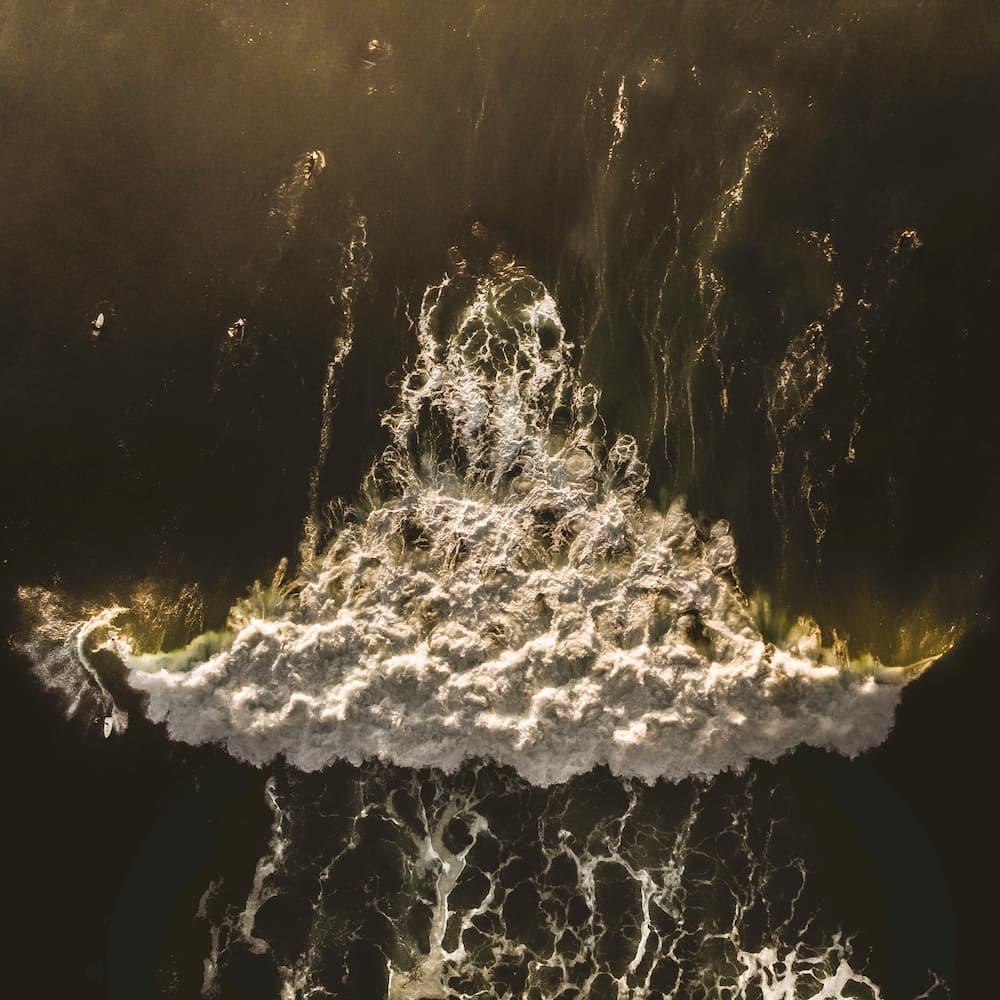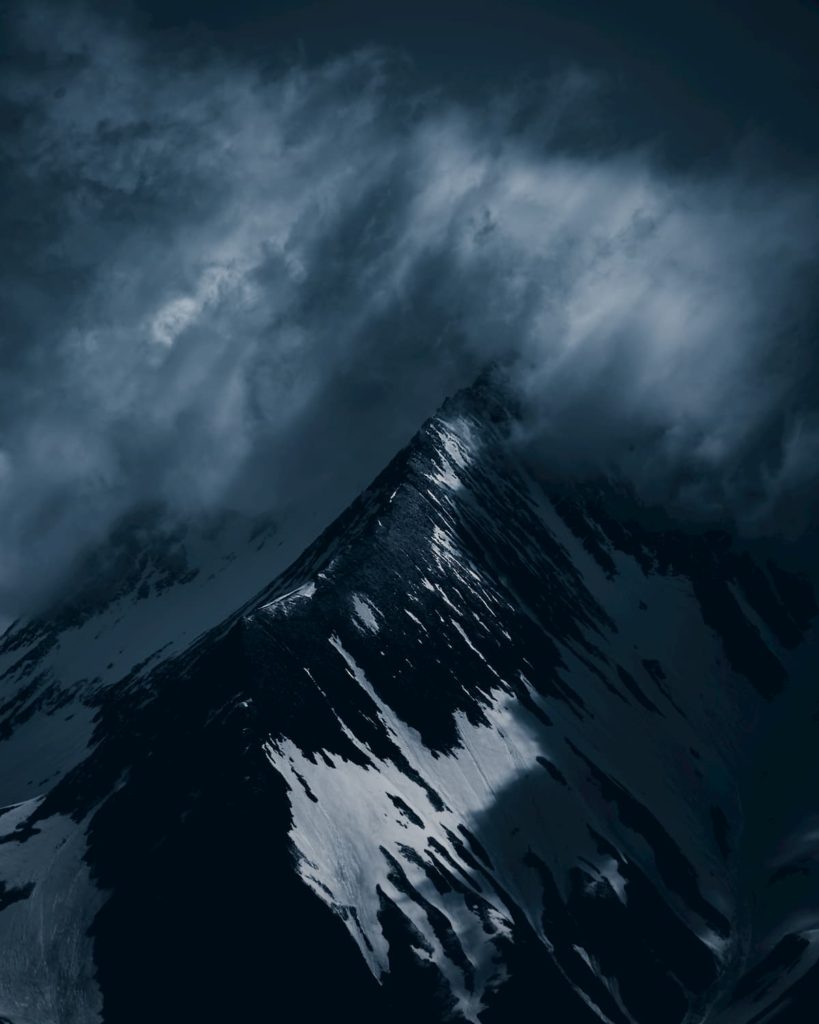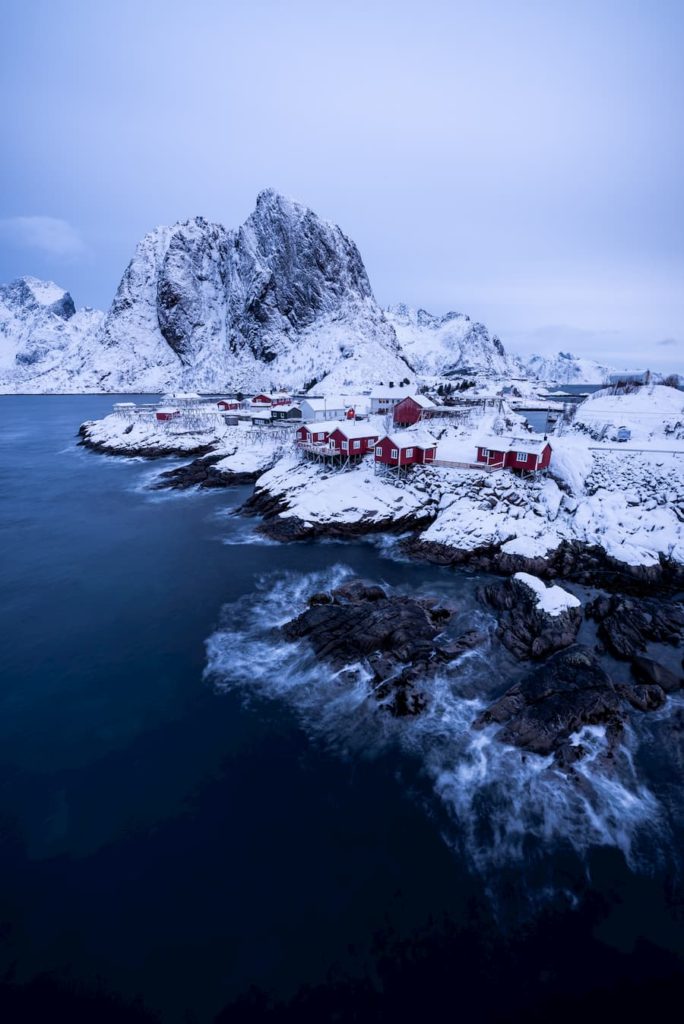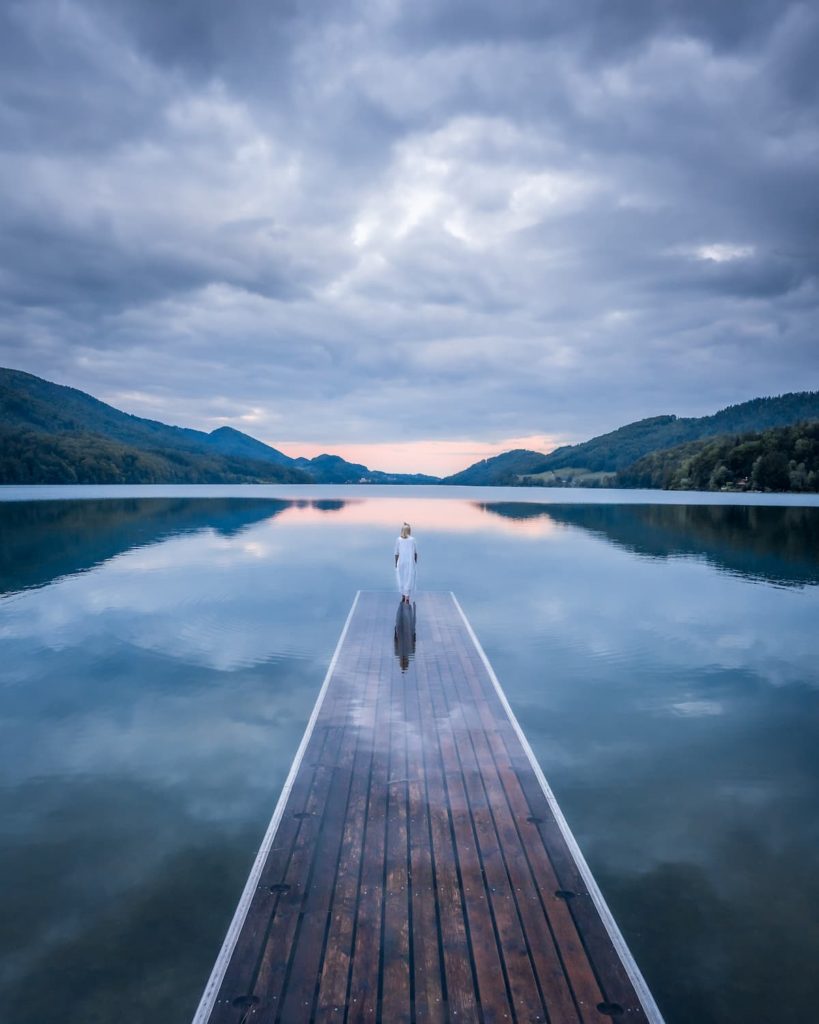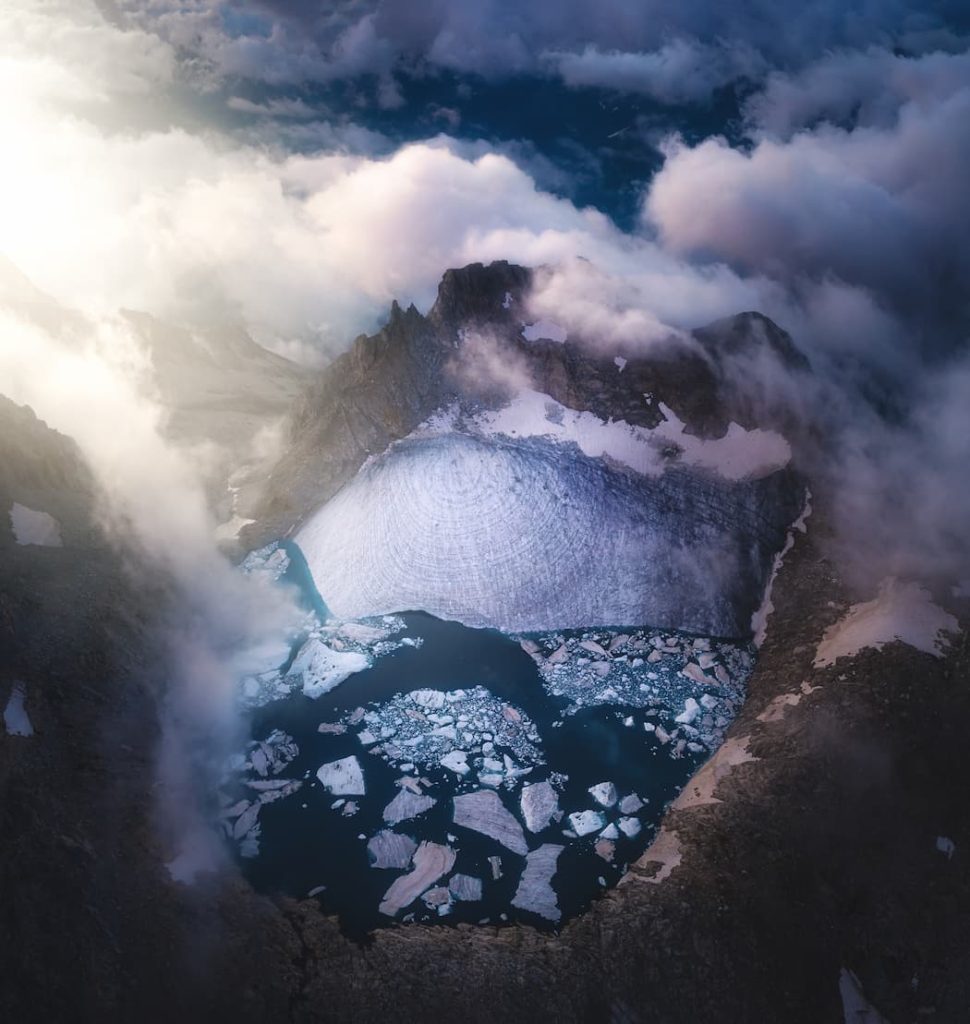
Elia Priolo
@eliapriolo
Landscape photographer based in Italy
I was born and raised in Sicily, and as I grew up, a fascination for Mount Etna grew in me too. Etna is the largest and most active volcano in Europe and Sicilians have a very intense relationship with “Mongibello”, as it is also called by locals.
We are not too afraid of its eruptions, although I can assure you that witnessing an eruption, especially up close, is truly impressive. It is like feeling the breath of the universe, the life from which all the things we know come from. In reality, it provokes a thrill of contrasts: on the one hand the peace of these landscapes that surround the volcano and the beauty of Etna itself, and on the other hand, the terror associated with the power that the volcano sometimes expresses.
There are many legends that are linked to Etna – many of them telling that it was inhabited by the Cyclops, “giants” that are often mentioned in different tales of Greek mythology (the eastern shores of Sicily were first reached by the Greek). And these legends multiply by connecting them to every single village, to saints, to religions and different cultures. The mountain itself is seen as something that has a soul.
Personally, I like to think of it as our “Moby Dick”, especially in winter it becomes very white due to the snow and with its puffs of steam it reminds me of the white whale of the book written by Herman Melville. And we inhabitants, insignificant in front of this giant, are many little Ahab, fascinated and terrified in front of the whale.
When I was a kid, my father used to reunite us with his family and by means of a projector he showed us his slides (often photos of Etna), and told us his own stories. My uncle was also an amateur photographer and he developed his photos at home. So, I have grown up looking at photographs, having a strong attraction to them and playing with cameras (to the fear of my dad and uncle). Also, following the shadows and rays of light appearing and disappearing when clouds passed, and investigating the effect of light and shadow at night in my bedroom was something I was continuously doing. All this, resulted in a curiosity and a passion for photography.
In the beginning, doing photography seemed a hobby that involved a huge investment. Film photography was expensive and I couldn’t afford it. Then, digital photography came up, which allowed me to broaden my “horizons”. One day, my father gave me a digital compact (with a resolution of maybe 4 megapixels).
I studied Photography at the University and I am a great collector of photographic books. Both, and many other things, have been a huge inspiration and helped me to grow a lot as a creator and opened many doors. The web was also important, as it gave me the opportunity to see the work of many photographers and above all to show mine! We live in a revolutionary era for photography, anything is possible, though I have to admit that I don’t like “studying” a camera as if it were a computer full of filters and functions, HDR etc. I am very traditionalist (I was once even told during a portfolio reading on Lensculture). I shoot using the camera in a simple way as if it was still film with times, aperture and sensitivity – the rest is done by my head and the light.
"Observation within the field is key here, I believe."
Even if a subject doesn’t attract me in the first place, or a photo I look at afterwards, I observe, try again, I reread an image to understand what is wrong, what light is needed, why the colors do not come out and so on. I also carefully observe the work of others and everything around me, and I believe my work is a result of the books I read, the films I watch, the music I listen to, my personal sensitivity, and obviously my cultural background and where I grew up…
"It is difficult to talk about Sicily in a few lines. It is a region that faces many difficulties, economically and socially. Yet it is a place rich in history and with unique landscapes."
What makes it unique in my opinion is above all the variety of these landscapes, from the sea to the mountains, from the burning sun to the snow, from river streams to practically deserted areas. I think the best photos of Sicily that I have taken so far are showcasing Etna.
Through the landscapes that I often publish, I want to show the duality between life and death, which is not difficult to demonstrate since Etna is the perfect example. Its eruptions destroy, it buries everything and nothing can stop it. But then, you see the seemingly dead surface covered by dark split stones attacked by the first vegetation, when life takes back its space – Nature, which dominates everything. Pure, colorful, without judging what happened and simply acting and running its course, as has been the case for billions of years.
"Nature is something so deep and much greater than us that the very thought terrifies."
I don’t necessarily have a “unique” subject. What interests me is to give my own vision of any subject. Our gaze is increasingly bored and this hurts us. It alienates us from beauty, but it also disabuses us to recognize the horrors we witness every day.
We are excessively exposed to images, daily and in an almost delusional way, without a true education in the gaze, in the vision, in the reading of images. Moreover, this excessive exposure makes us distracted and insensitive to images. This insensitivity concerns both what we see as marvelous (be it a landscape, architecture or people…) and what we see as horrible (immigration, wars, injustices and all the violence that man often causes). And this is nothing more than the surface of such a complex theme. Just think of how, in such a globalized world, images are a universal language and potentially understandable to everyone.
"Images are powerful and have a lot of potential, and somehow we must try to leverage that potential within the viewer, within ourselves."
Obviously my path and my photographic passion have made me develop my own style over the years, and it is my desire to continue and further construct this path with ever greater passion. I try to give my contribution in telling about a place and the emotions that arise when I visit Etna, a forest or a beach, telling something of my own but still that unites us. The emotions one feels when observing a volcanic eruption for the first time are probably the same as those emerging when observing the Grand Canyon, Mount Everest, a Geyser at the Yellowstone, Mount Fuji or a whale for the first time; is a feeling that binds us all and makes us “human”.
The first eruptions that I personally witnessed closely provoked a feeling that could be felt through my whole body, so impressive. Climbing a volcano is an unforgettable experience, but this can also be in a negative sense if proper precautions aren’t taken. Situations can change very quickly and a good experience can become a real nightmare in minutes.
"If you have never been to a volcano you have to rely on a guide to assist you during the excursion."
There are many pitfalls one can overlook when hiking a “quiet” volcano – it is still a volcano. Only those who are informed and experienced can recognize them and act safely. As I started trekking as a child, this helped me a lot to obtain the knowledge, understanding and experience needed. If you are an expert hiker and do go without a guide and don’t go near the area of the summit craters (over 2500 meters) which is the most active, the important thing is to be well equipped. Even if Sicily is a land with an often excellent climate, the conditions in the mountains can change unexpectedly. I can assure you that I spent nights in the middle of August hidden in a tent to avoid the cold of the high altitudes, when in the villages at the foot of the volcano people walked downtown in short sleeves enjoying the summer evenings.
Surpassing your limits by challenging the mountain isn’t the best strategy. I have learned to accept my limits and defeats, and I believe that the mountain, unlike what many people think, teaches just that.
Would you like content like this sent to your inbox?
NOMADICT
ART GALLERY
THE LATEST STORIES
WRITEN WITH PASSION TO INSPIRE YOU
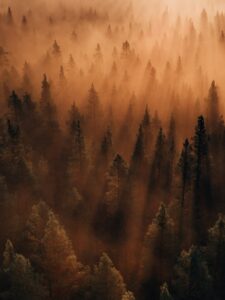
Philipp Pilz (@buchstabenhausen): Best of the Week 43 at #nomadict
In this article, photographer Philipp shares how time, clarity, and consistency have shaped his evolving relationship with nature photography. Drawn ever further north, he writes about embracing uncertainty, working with restraint, and finding beauty even when plans fall apart — including the unlikely story behind his Best of the Week–winning image.
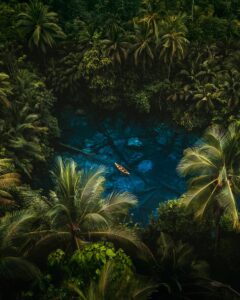
Tom Fähndrich (@tofenpics): Best of the Week 47 at #nomadict
Tom shares the journey behind his winning photography, from a passion for exploration and remote places to field lessons, composition choices, and color grading.
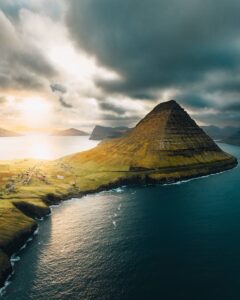
Photo tour in the Faroe Islands
Join us in the Faroe Islands for a unique photo tour, where you’ll elevate your creative skills with expert guidance from Ronald Soethje and Nomadict.
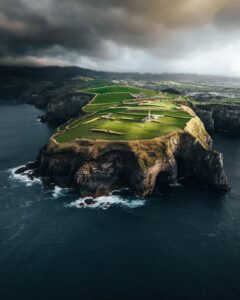
Photo tour in Azores, Portugal
Join us in the Azores for a unique photo tour, where you’ll elevate your creative skills with expert guidance from Ronald Soethje, Bruno Ázera, and Nomadict.
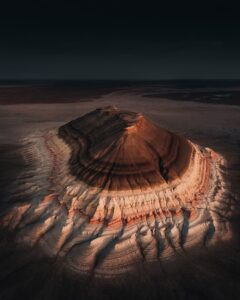
Forest Kai (@forest1kai): Photographer based in the US
In this article, Forest shares how years of chasing scale, silence, and raw landscapes shaped his approach to photography, from the deserts of Kazakhstan to the volcanic ridges of Iceland. He talks about how he uses light, texture, and vast negative space to create images that feel both intimate and overwhelming.
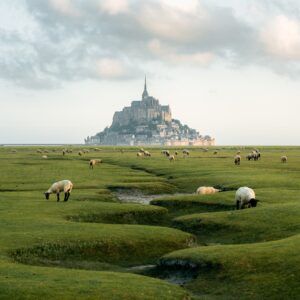
Simon Hechtbauer (@roamwithsimon): Best of the Week 32 at #nomadict
Simon shares the journey behind his photography, from early inspirations to field techniques, editing, and the story of the winning shot that shaped his path.

Miroslav Maršík (@miromarsik): Photographer based in Czech Republic
In this article, Miro shares how his love for cinematic music evolved into a deep passion for photography and how he uses light, color, and atmosphere to turn the streets of Prague into living film scenes.

Aurora photography panorama workflow: A guide to camera settings, editing, and color
In this article, Stefanie reveals how her background in physics sparked her passion for astrophotography and how she blends science with creativity to capture the beauty of the night sky. Readers will discover her approach to color, contrast, and editing, as well as her aurora photography workflow.
